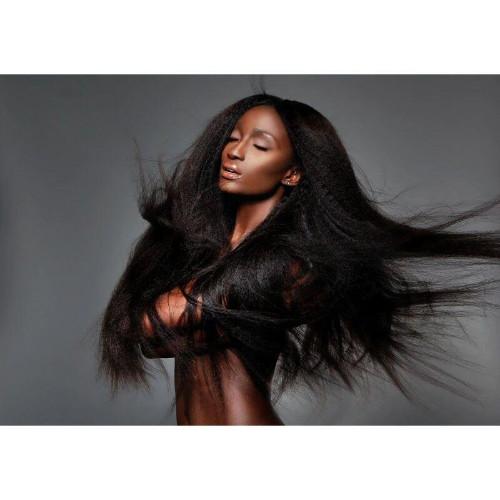The best way to How To Weave Hair Extensions, so create your palms ready, and you’ll be put for a glow that can make each one your friends envious. A new hair weave is also a superb way to blend your character, and give your look a new slice of flair. If you’re not able or interested in seeing a salon to get your Weave Hair Extensions done, you may do it at home working with the perfect tools.
Making Your Base Braids
Wash and condition your hair

You should always prepare your own hair for cornrows/weave before implementing the style. Wash your hair as you usually do, and give it a fantastic conditioning treatment as well. Make certain that your hair is totally dry before beginning the cornrow procedure.
